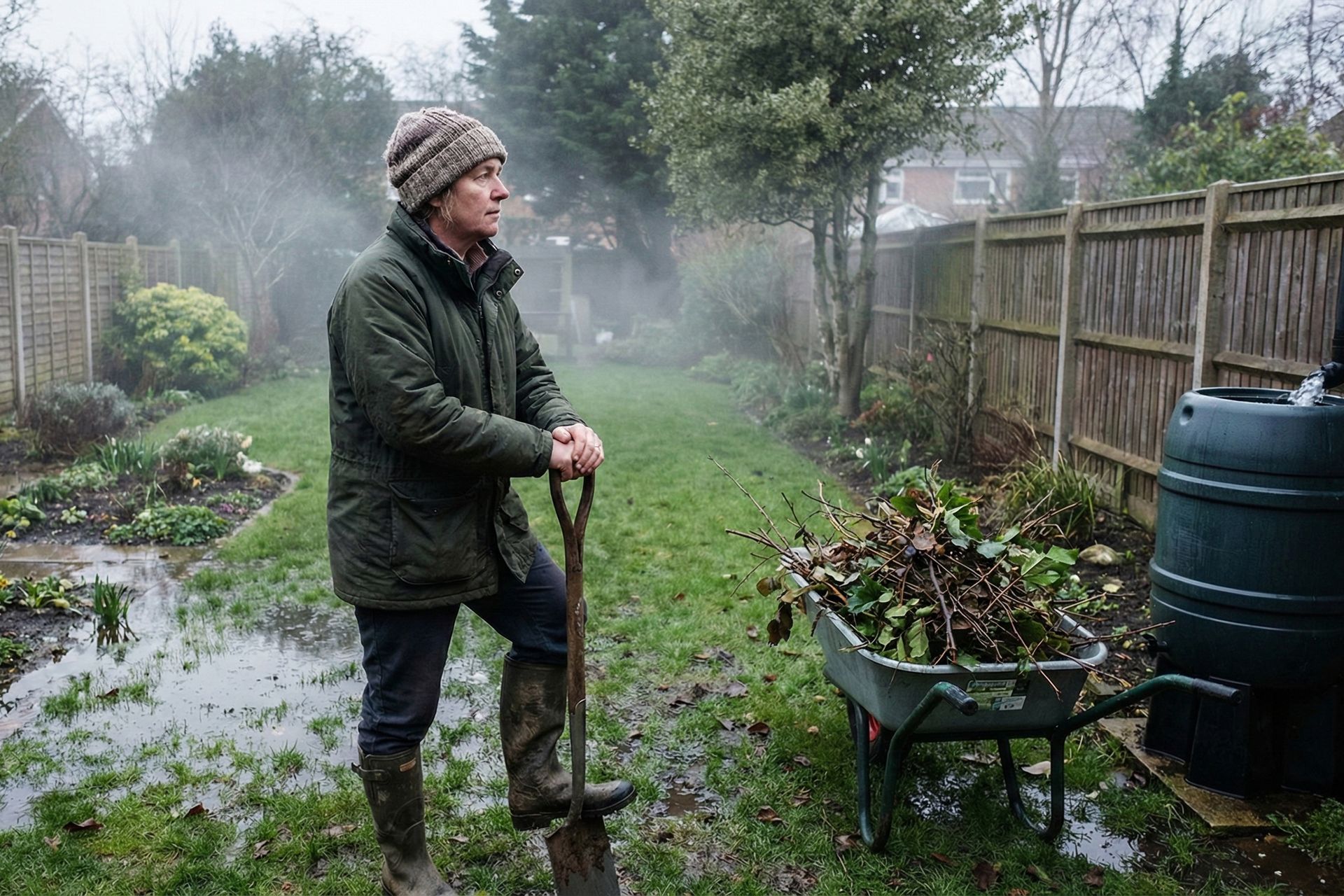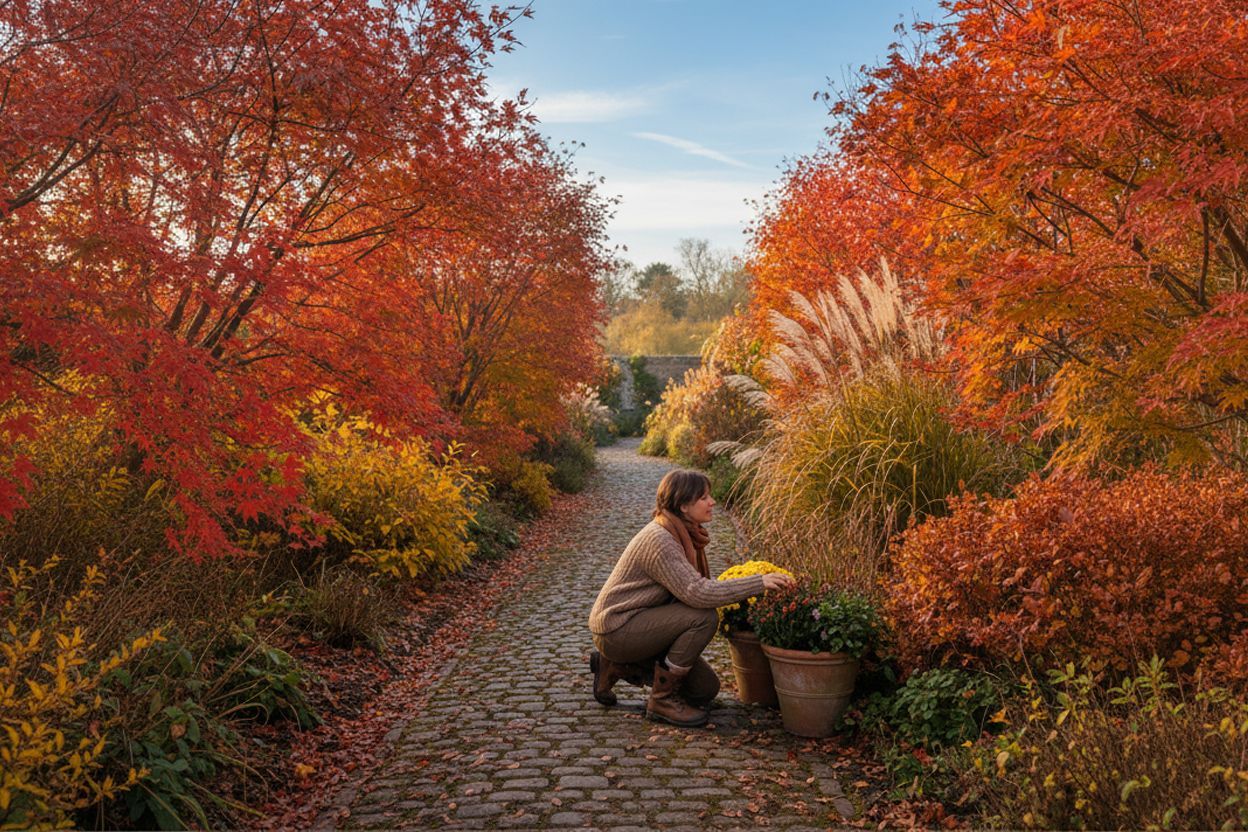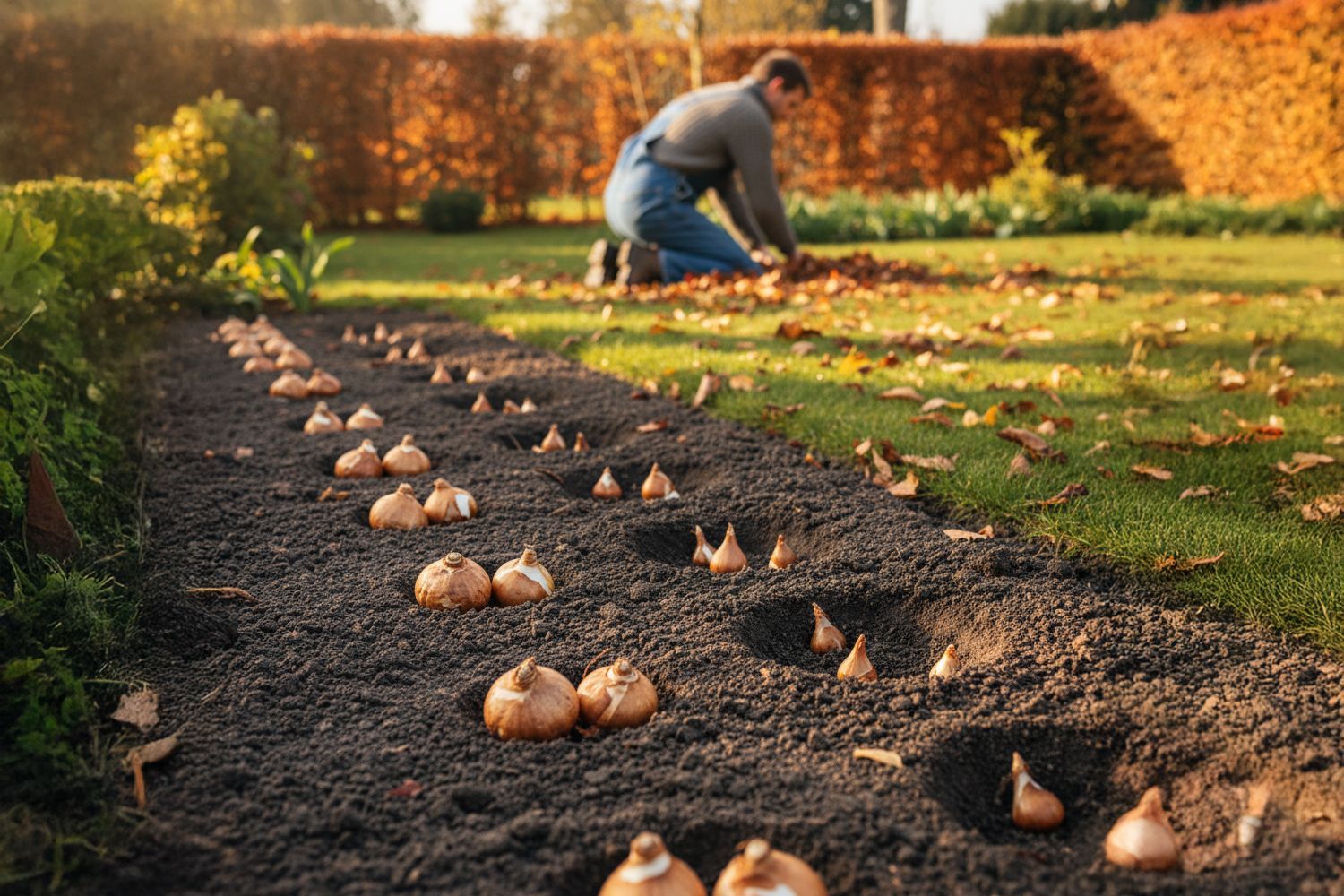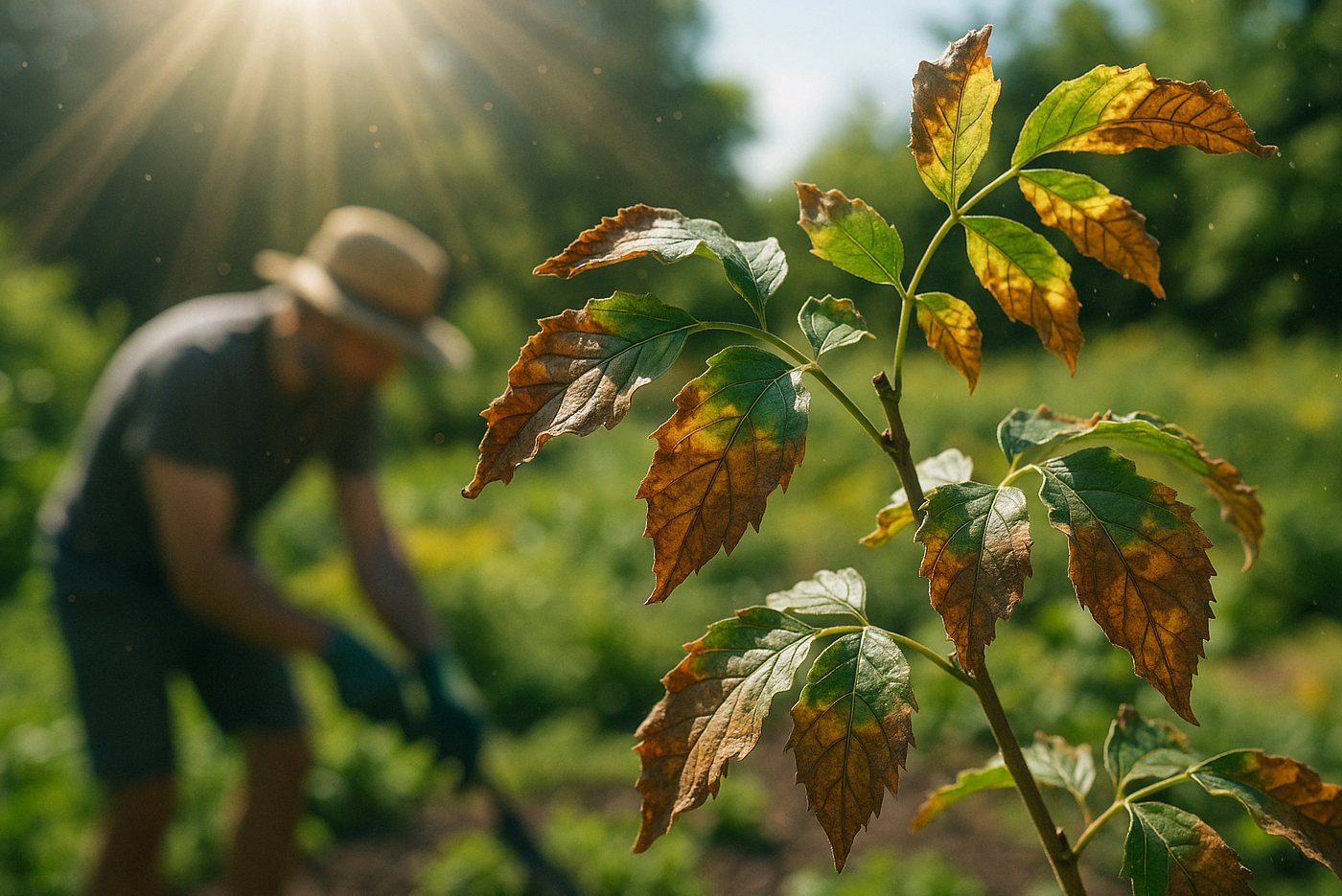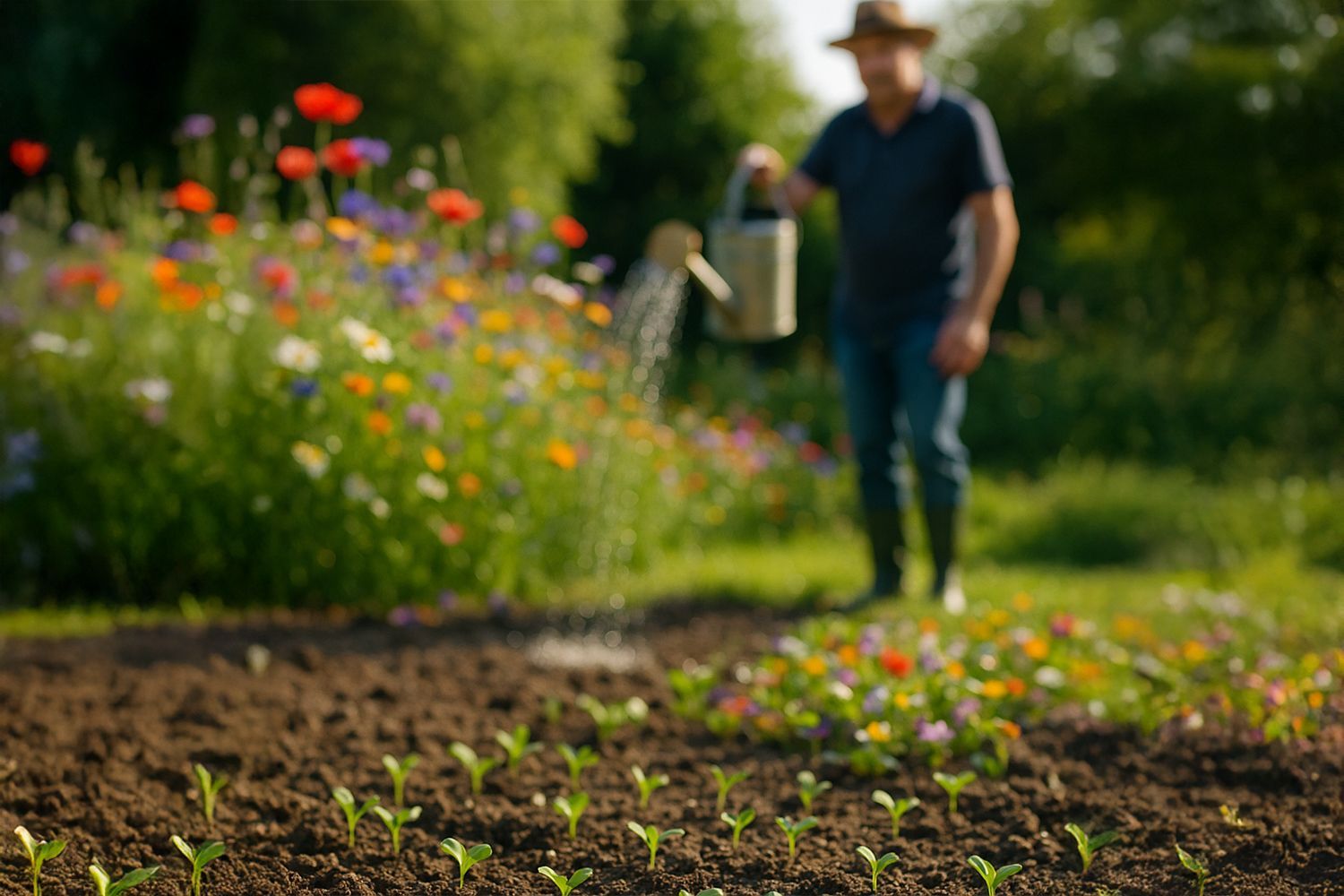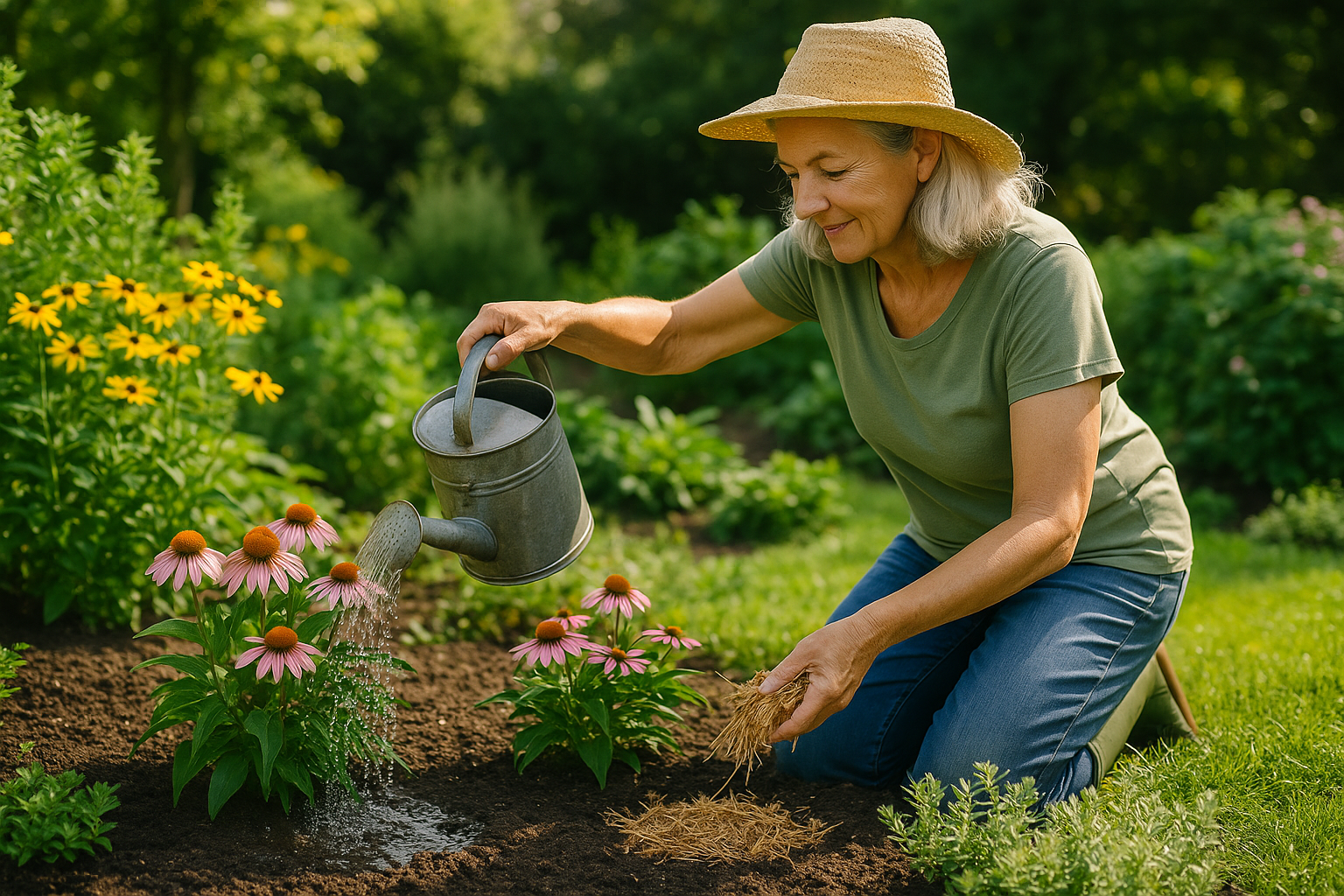
As summer stretches on, your garden is working harder than ever. With warmer temperatures, longer days, and drier soil, plants need extra care to stay healthy and productive. Whether you’re growing vibrant flowers, veg plots, or container displays, knowing what to prioritise can make all the difference.
These five essential tasks are simple, science-backed, and tailored to help your garden thrive through the heat.
Water Smart — Not Just Often
Why it matters:
Increased heat means faster evaporation. Plants lose water quickly through their leaves (transpiration), and dry soil can leave roots stressed and stunted.
What to do:
- Water
early morning or late evening
when evaporation is lowest.
- Soak deeply, not daily. Deep watering encourages roots to grow down, making plants more resilient in dry spells.
- Water
at the base, not on leaves — this reduces disease and avoids leaf scorch.
- Use
rainwater or greywater
where possible to reduce mains usage.
- Containers? Group them together to retain humidity and check them daily in hot weather.
🔧 Tool tip: Drip irrigation systems, water-retaining gels, or a rose-headed watering can are ideal for focused, efficient watering.
Common mistake: Watering in the middle of the day. It wastes water, encourages mildew, and can burn delicate leaves.
Mulch to Lock in Moisture and Feed the Soil
Why it matters:
Mulching is like giving your soil a shade hat. It keeps roots cool, stops moisture from evaporating, and slowly improves soil health.
What to do:
- Apply a 5–8 cm layer of compost, bark chips, leafmould or grass clippings.
- Always water first, then mulch to trap moisture below.
- Keep mulch a few cm away from plant stems to avoid rot or pests.
- Use around veg beds, beds, shrubs and even container surfaces.
🌱 Expert note: Mulching also suppresses weeds — saving water and your time.
Common mistake:
Mulching dry soil. You’re locking in drought instead of hydration.
Related products

Double Head Mechanical Sprinkler Timer
Water multiple areas at once with this no-power-needed timer. It features two 120-minute mechanical dials for sprinkler control and a third outlet for manual hose use—all independently operated from one tap.

Garden Pump-action Pressure Sprayer
Make light work of watering and feeding. This pump-action pressure sprayer is ideal for applying water, fertiliser, or treatments evenly across your garden, with an adjustable nozzle for precision and comfort.

18 Tooth Metal Landscape Rake (with Gloves)
Elevate your landscaping game with our 18-Tooth Metal Landscape Rake with grading bar, accompanied by gardening gloves. This rake covers ample ground in a single pass, saving you time and effort.
Feed to Fuel Summer Growth
Why it matters:
Plants are pushing out blooms, fruit and new foliage — and they need the energy to keep going. By summer, soil nutrients are often depleted, especially in pots.
What to do:
● Use a high-potash liquid feed (like tomato feed) weekly on fruiting or flowering plants.
● Feed containers every 1–2 weeks - they’re completely reliant on you.
● Water before feeding to avoid root burn.
● Slow-release pellets or a mid-season compost top-up can work wonders for larger pots or long-term shrubs.
🌿 Natural tip: Try homemade comfrey tea or nettle feed for an organic boost.
Common mistake: Overfeeding. More isn’t better — follow the label.
Deadhead & Prune for More Flowers
Why it matters:
If you don’t deadhead, your plants think they’re done for the season. Remove spent blooms and you’ll get more — it’s that simple.
What to do:
● Snip off dead blooms from roses, bedding plants, sweet peas and dahlias.
● Cut back early summer perennials like hardy geraniums or delphiniums to encourage a second flush.
● Lightly prune early-flowering shrubs (like Philadelphus or Weigela) once flowering ends to shape and prep for next year.
🪻 Herb tip: Trim back lavender and mint to stop them getting leggy and promote a second burst.
Common mistake: Forgetting to prune because the blooms are “done.” With a little love, they’re not.
Weed and Watch for Pests
Why it matters:
Summer weeds drink your water, steal your nutrients, and create hiding places for pests. Left alone, a small problem can become a big one fast.
What to do:
● Hoe or hand-weed regularly, especially after rain.
● Mulch bare soil to reduce weed growth and evaporation.
● Inspect under leaves and around stems for aphids, caterpillars, lily beetles, and more.
● Remove small infestations by hand or with gentle organic solutions like soapy water or neem oil.
🚫 Quick win: A ten-minute garden check once a week can save you hours later.
Common mistake:
Waiting for pests to multiply. Act early — it’s much easier.
Bonus Tip: Be Consistent
Your garden doesn’t need perfection —
it needs consistency. Small, regular habits like watering deeply twice a week, trimming deadheads on a stroll, or throwing a layer of mulch after a rainy day all add up to big results.
Whether you’re managing a single flowerbed or a full allotment, these five tasks are a summer essential toolkit — tested and trusted by expert gardeners across the UK. Focus on hydration, nutrition, and smart care, and your garden will reward you with lush growth, colour, and vitality all season long.
Want tools and supplies to make these jobs even easier?
Explore Pegdev’s curated range of watering kits, mulching options, and organic feeds made for UK gardens.

